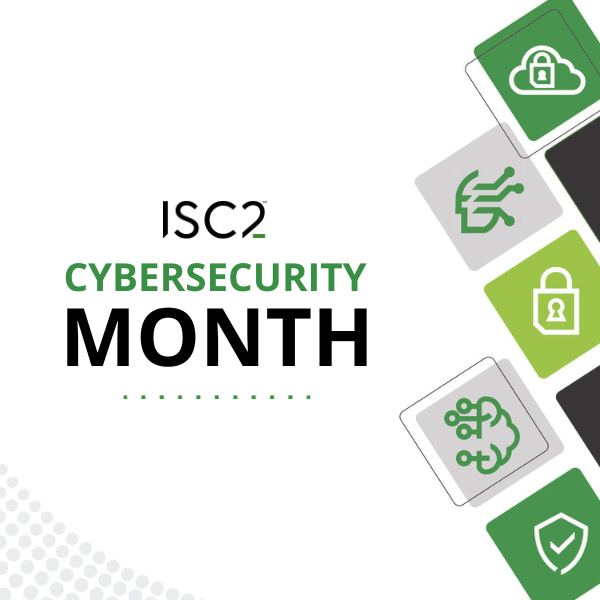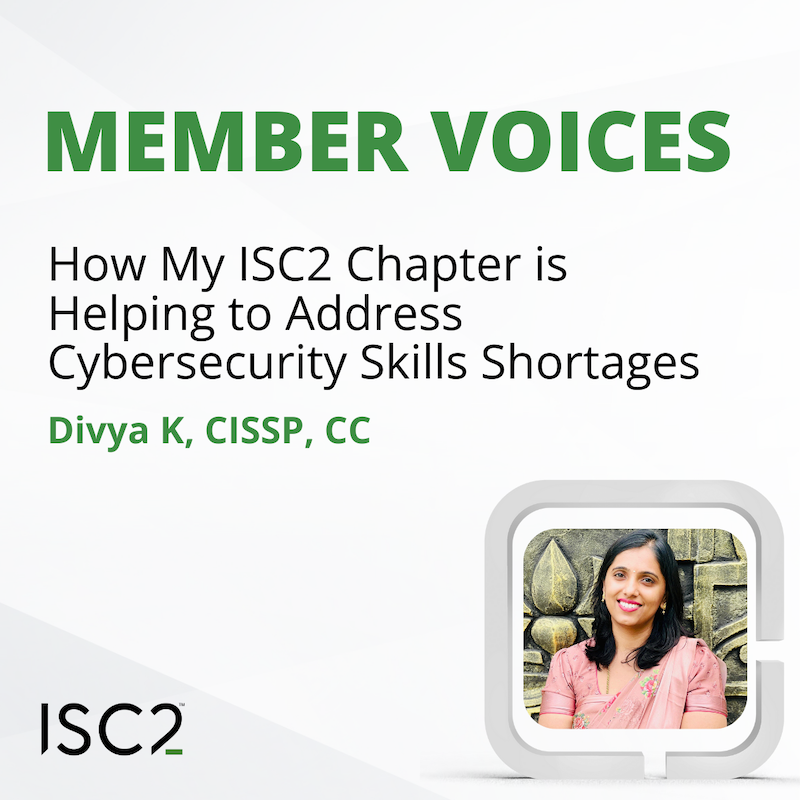Done thoughtfully, risk acceptance is a valuable governance tool; As Ernest Blankson, CISSP, explains, problems arise when acceptance shifts from being a conscious choice to a routine shortcut and a temporary fix.
.png?h=315&w=600) Disclaimer: The views and opinions expressed in this article belong solely to the author and do not necessarily reflect those of ISC2.
Disclaimer: The views and opinions expressed in this article belong solely to the author and do not necessarily reflect those of ISC2.
Every information system carries risk. In high-impact environments like government, healthcare, or finance, managing those risks is essential to protect mission-critical operations. Yet not all risks can be eliminated — and that’s where risk acceptance enters the picture.
NIST SP 800-39 describes risk acceptance as a legitimate response when the cost or complexity of mitigation outweighs the likelihood or impact of the threat. Risk acceptance often begins with a simple memo: an official document that acknowledges the risk and justifies deferring remediation. While this process can be necessary, I believe it is increasingly overused as a substitute for hard, resource-intensive decisions.
The trouble with risk acceptance isn’t the practice itself, but how easily it can slide from a strategic decision into a default habit. Once a culture of “just write a memo” takes hold, risks accumulate quietly in the background.
Over time, this “sticking plaster” approach – a temporary, superficial fix for a problem that does not address its root cause – can create hidden vulnerabilities that undermine resilience. In tackling the implications of overreliance on risk acceptance I have also assembled my own practical steps that I use to bring more discipline, visibility, and accountability to the process.
A False Sense of Security
One of the most common dangers is the false sense of security it creates. NIST SP 800-30 cautions that organizations which repeatedly accept risks without regular reassessment can “underestimate the dynamic nature of threats” and can fail to recognize when yesterday’s low-probability risk has evolved into a more imminent one. In practice, this means leadership may believe risks are “handled” when, in reality, they are simply documented and forgotten about.
A second challenge is risk aggregation. Each accepted risk, considered in isolation, may appear tolerable. But taken together, they expand the attack surface in ways that are hard to see until an incident exposes the links. Cumulative accepted risks often manifest as interconnected vulnerabilities that can be exploited in sequence, creating a chain effect far more damaging than any single acceptance.
There is also the issue of technical debt. When remediation is repeatedly deferred, the organization isn’t saving money but is compounding costs. Patches, system upgrades, and compensating controls become harder to implement over time, especially as legacy systems age and integration complexity grows. The U.S. Government Accountability Office (GAO) has highlighted how deferred remediation in federal systems led to ballooning costs and diminished resilience when agencies eventually attempted to catch up.
Finally, culture itself erodes under excessive risk acceptance. What begins as an exception slowly becomes the rule, weakening accountability across both security and business teams. When acceptance becomes routine, it signals to staff that risk can always be “signed away,” reducing urgency and undermining the security culture the organization is trying to build.
Aggregated, these risks illustrate why unchecked acceptance is not a neutral choice. It reshapes the organization’s posture, often in invisible ways, until an event forces those hidden debts into the open.
How I Mitigate These Challenges
These aspects make me – and should make every cybersecurity professional – uncomfortable. It’s all too easy to see how these dangers could become all too significant. So, I follow a proactive framework intended to promote responsible acceptance.
One of the ways my team and I streamline the risk acceptance process is to operate a centralized risk register. Every memo is entered into the register, with details on the vulnerability, compensating controls and agreed-upon timelines for remediation. This provides a single source of truth and ensures that risks remain visible throughout their lifecycle.
I have also instituted monthly reviews and remediation follow-ups. These sessions weren’t just about checking boxes; they created opportunities to engage with system owners and assess whether the accepted risk still aligns with the organization’s tolerance or whether circumstances have changed. Over time, this approach has fostered a culture of accountability and continuous reassessment.
To make progress more transparent, we’ve built a risk dashboard. It didn’t just tally memos but connected them to the underlying vulnerabilities: it shows trends in how many are being addressed, how many memos have been retired, and how reliance on memos is decreasing month-on-month. Leadership can see in real time whether we are improving or stagnating, while the visibility encourages more active remediation.
Another key element of the framework is education and awareness. We explain what it truly meant for management to sign a risk acceptance memo, framing it as a deliberate and impactful decision. This has helped shift perceptions and ensures that approvals are made with greater care and understanding.
Finally, we’ve streamlined the acceptance template itself. Each memo must include the specific risk of remediation; compensating controls; and a clear justification for why the vulnerability couldn’t be fixed immediately. This requirement has strengthened the quality of submissions and gives leadership the context needed to make informed decisions.
Together, these measures brought more discipline and transparency to the process, turning risk acceptance into a structured element of governance rather than a routine formality.
Don’t Confuse Acceptance with Resolution
Risk acceptance has its place. Used sparingly and reviewed consistently, it gives organizations flexibility to operate without overextending resources. But if it becomes the default response, it erodes resilience, blindsides leadership, and leaves an expanding attack surface in its wake. A memo doesn’t close the risk — it only postpones it.
My framework has shown that by treating acceptance as a living decision — tracked, reviewed, and tied to real accountability — security leaders can transform it from a sticking plaster into a structured part of proactive governance. That shift isn’t just about reducing memos; it’s about building a culture where resilience takes priority over convenience.
Ernest Blankson, CISSP has over 10 years of experience in federal, defense, judiciary and private-sector cybersecurity. He has held technical and advisory roles, including ISSO, security analyst, cybersecurity engineer and risk advisor positions, with responsibility for enterprise risk management, compliance, governance and security oversight. His cybersecurity work spans risk strategy, FedRAMP/NIST frameworks and stakeholder engagement.



